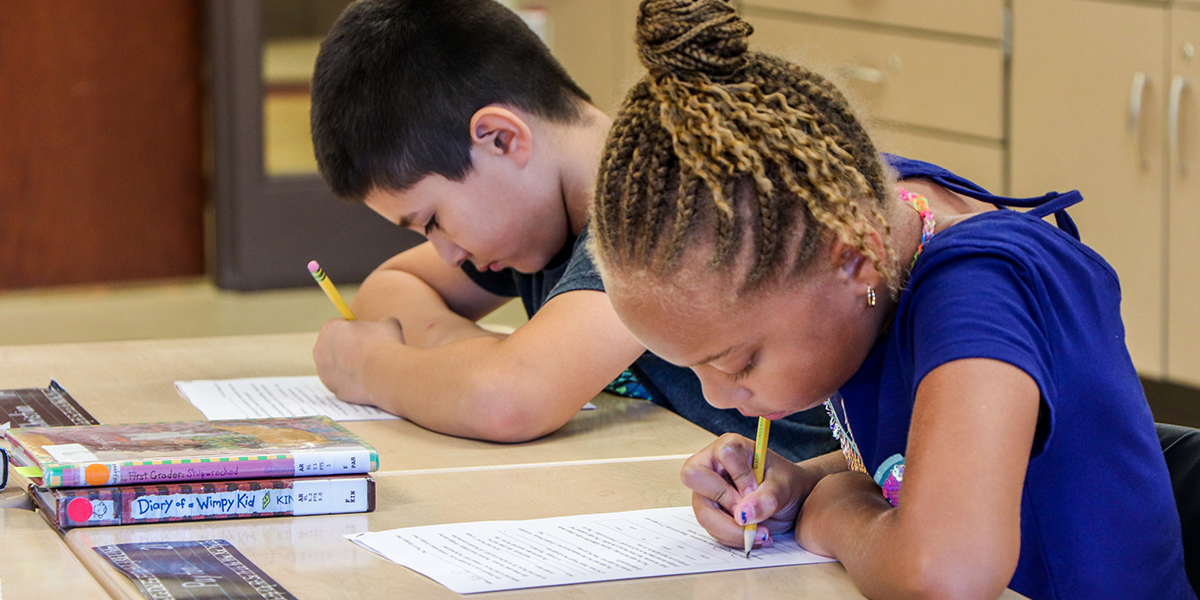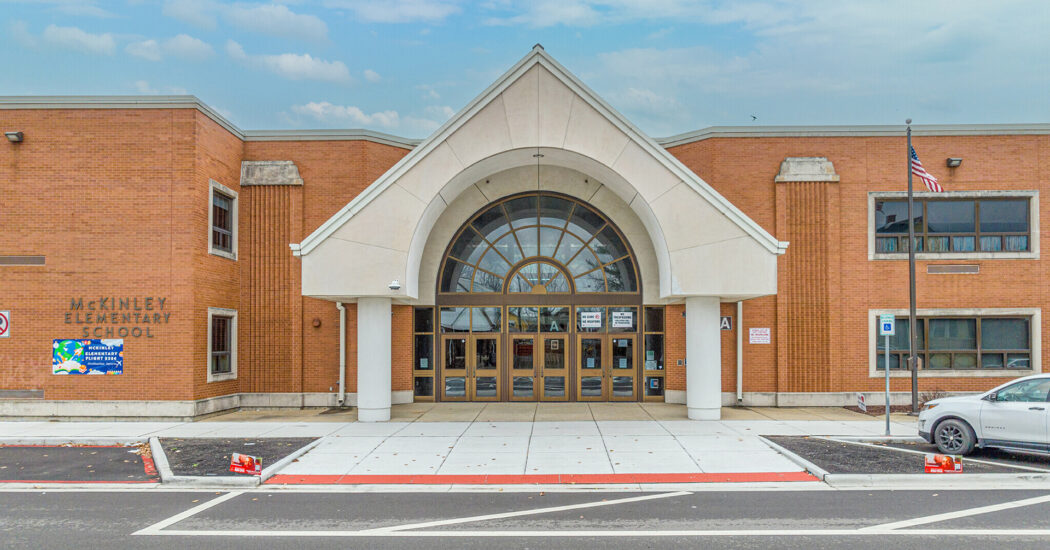How to Avoid Negative Impacts of School Construction Projects on Students
-
Category
Studio-K12, Innovation -
Posted By
Anna Marie Burrell -
Posted On
Oct 10, 2019
PART 1 IN A SERIES
Proper planning is critical to avoid unintended consequences of school construction for those who matter most—students.
Initiating a new school build or a significant renovation can be a lengthy process. Getting the project approved, perhaps passing a referendum, and determining the vision for your new or updated facilities is a lot of work.
This is ultimately all for the good of the students—to ensure their health and safety, improve their ability to learn, and give them tools for success. Even with good intentions, however, there can be unintended consequences of school construction projects that aren’t in the best interest of the kids.
That’s why it’s critical to put proper planning and consideration into every aspect of the project before a shovel ever hits the ground.
We’ve been designing K-12 schools for roughly 40 years, and we’ve seen it all. Here are a few key reminders we give to administrators to prevent negative impacts of school construction projects on students.
1. Don’t eliminate spaces that help to educate the whole child.
When budgets get tight, you may be tempted to cut some of the more non-traditional spaces in the school. These seem like luxuries. We need an adequate cafeteria; we don’t need “nooks” or green spaces.
When we talk about educating the whole child—creating an environment and providing opportunities that ensure every single child is healthy, safe, engaged, supported, and challenged—this includes providing spaces that cater to the needs of every personality type and learning style.
In the planning and design process, be sure to address dedicated places for students to:
- Take a quiet break
- Discover their individual strengths or talents
- Safely engage in physical activities
- Utilize technology to its fullest potential
Also ensure students will be able to comfortably move throughout the school. For example, hallways should be large enough to accommodate busy passing periods and still have room for students to pull to the side to tie a shoe.
2. Make sure learning environments are the right size.
When you are trying to be efficient with dollars and square feet, there is a temptation to squeeze students into classrooms that are too small.
You must be realistic about the number of students that will—and should—be in each classroom, as well as how the classroom will be used and the subjects and types of activities that will be taught. Work closely with your design team to understand both anticipated class size (now and in the future) and the room’s purpose to create an adequate space for learning.
For example, science labs and other hands-on environments will have different space requirements than other types of rooms. Using classrooms and other spaces for their intended purpose is important for the success of your programming. It’s also why flexible classroom styles that can be adapted for the class at hand are preferred.
3. Be mindful of increased school security measures.
School security is top of mind for every parent, teacher, and administrator—as it should be. However, it shouldn’t have to be top of mind for students.
Part of what helps students be successful is a positive, welcoming, secure environment. In fact, it’s a biological requirement. The basic need of safety must be met before a child’s brain can focus on learning and building new connections. Obtrusive security measures can create the opposite effect, making students feel stressed about potential dangers.
Safety should be ingrained in the design of the facility so that it feels natural. There are many ways this can be achieved, such as creating clear lines of site throughout the building, choosing an appropriate security system, implementing sufficient lighting, and properly managing building access points.
4. Minimize distractions and risk during the construction process.
If you are renovating your current space, students and teachers will likely still be using portions of the facility. This means they may be near the construction work and all of the distractions that come along with it.
Make special effort to minimize the effects of the construction process on kids to maintain as much normalcy as possible, especially if standardized testing or other critical activities are occurring at the same time.
There are several primary areas to consider:
- Wayfinding and Procedures – Make sure students (and their parents) are clear on room changes and other new procedures necessary during construction, and post adequate signage throughout the school to remind them. Install highly visible signs and implement barriers around construction zones to prevent students from entering these potentially dangerous areas and to guide them through route changes while their normal facilities are unavailable.
- Noise – Loud noises during construction are unavoidable, and they can substantially interfere with students’ ability to concentrate, especially for those with sensory challenges. Noise can be quieted to a certain degree with construction protocols, such as installing temporary sound-absorbing barriers and using newer equipment that operates more quietly. Also try to schedule as much time away from noisy areas as possible for all groups of students (e.g. allow for classes to rotate through outdoor spaces or other places that are away from any construction).
- Environmental Disturbances – Construction can also result in other environmental disturbances, such as smells and dust. Make sure teachers and parents understand that the construction team takes precautions to mitigate these factors and ensure no harmful impacts. If students express concerns about these disturbances, raise them with the contractor, who can help.
Planning the timeline and phases of the construction process appropriately is also key to avoiding or diminishing many of these disruptions. Some of the most intense or disruptive portions of the build should be scheduled during school breaks or outside of school hours when possible.
Learn More
Students aren’t the only ones to consider during school construction projects. Avoid unintended consequences of school construction projects on teachers and the community, too.








